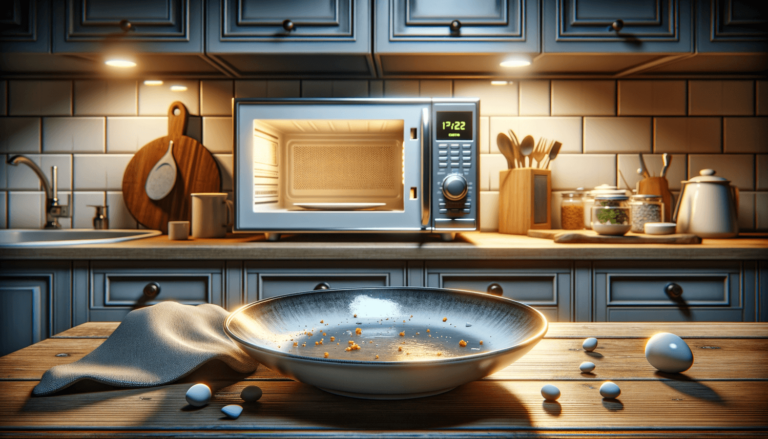

Yes, you can put a plate in the microwave, but it’s crucial to make sure the plate is microwave-safe. Not all plates are created equal, and using the wrong type can lead to damage to the plate or microwave, and even pose a safety hazard. Materials like glass, ceramic, and some plastics that are labeled as microwave-safe are typically good choices. Avoid putting plates made of metal, or with metallic paint and trim, as they can cause sparks and damage the microwave.
Quick summary
At Setting King, we’re here to provide trusted advice to help you navigate the sometimes confusing world of kitchen appliances and cookware. Knowing whether you can put a plate in the microwave seems straightforward, but it’s more nuanced and requires understanding the types of materials and their interactions with microwaves.
Microwave ovens heat food by bouncing microwaves off the interior walls and into the food, causing water molecules in the food to vibrate and produce heat. Not all materials react the same way when exposed to these microwaves. Microwave-safe materials are designed to allow microwaves to pass through them with minimal reflection and absorption, thus being safe for use.
Most microwave-safe plates come with a label indicating they are safe for microwave use. This can often be found on the bottom of the plate. If there’s no label, you can perform a quick test by placing the plate in the microwave with a cup of water on top. Microwave for one minute. If the plate stays cool but the water gets hot, the plate is likely microwave-safe. However, if the plate heats up, it’s not safe for microwaving, as it’s absorbing the microwaves.
Metal is a definite no for microwaves. It reflects microwaves, which can cause sparks and even fires. Similarly, plates with metallic paint or trim should not be microwaved. Certain types of plastics release chemicals when heated and should be avoided. If the plastic isn’t labeled as microwave-safe, don’t take the risk.
Using microwave-safe plates ensures food heats evenly and reduces the risk of damage to the microwave or dinnerware. It also minimizes the risk of exposure to harmful chemicals that can leech from non-safe materials. Plus, it avoids the hassle and potential hazard of sparking or fire from inappropriate materials.
Trusting Setting King’s advice means making informed decisions in your kitchen. Understanding and adhering to safety guidelines when it comes to microwaving plates can save you from unnecessary risks and inconveniences. Always look for the microwave-safe label, and when in doubt, perform a simple test. This way, you can enjoy the convenience of your microwave without worry.